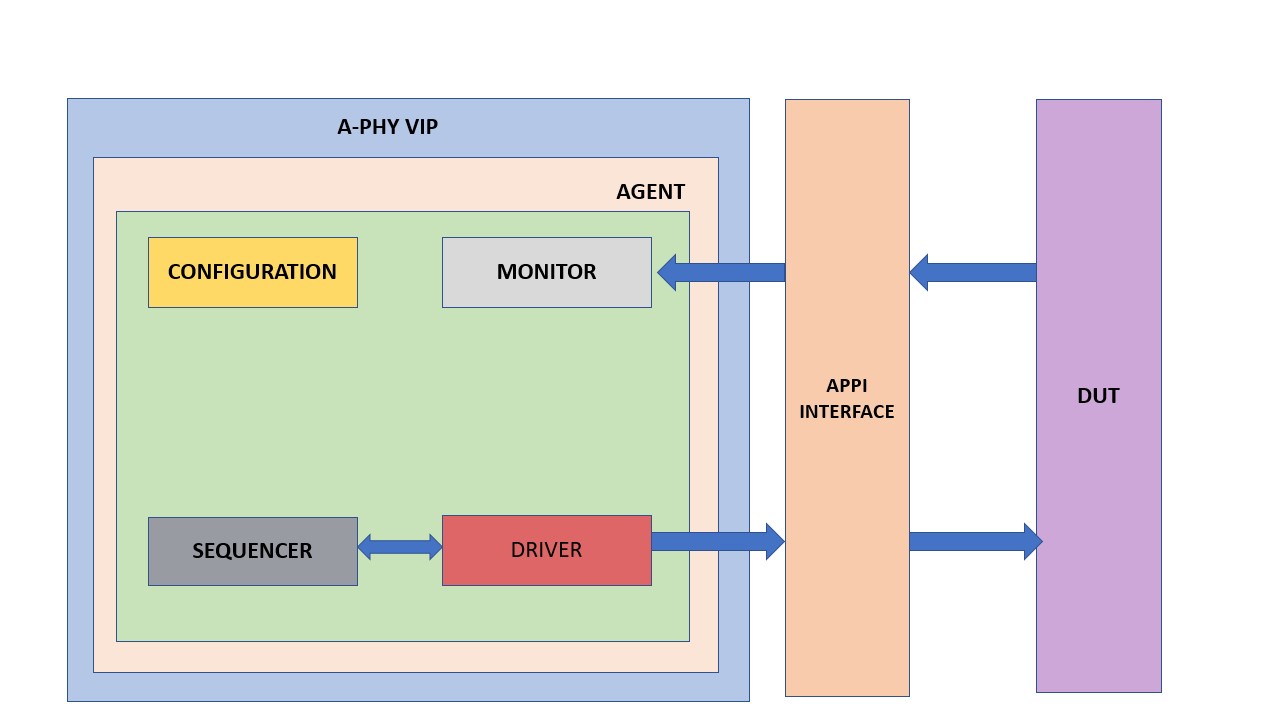MIPI A-PHY v1.0 is a physical layer communication protocol designed for automotive applications, including driver assistance, autonomous driving, and surround-sensor systems such as cameras and in-vehicle displays. With a long-reach capability of up to 15 meters, A-PHY provides an asymmetric point-to-point data link that supports one-way fast data and two-way control data transmission, along with optional power delivery, all through a single cable. The protocol boasts a low packet error rate (PER) of 10-19 and high immunity to electromagnetic interference (EMI). Data can be transmitted at rates of 2, 4, 8, 12, or 16Gbit/s, with the potential to reach 48Gbit/s in the future. A-PHY natively supports the MIPI CSI-2 and MIPI DSI-2 protocols commonly used in mobile devices and automotive applications, as well as VESA DisplayPort and Embedded DisplayPort. A key advantage of A-PHY is its ability to eliminate the need for bridge ICs, enabling seamless integration. Furthermore, the Memorandum of Understanding (MOU) signed by the MIPI Alliance and IEEE Standards Association paves the way for the adoption of other MIPI specifications as IEEE standards in the future, including the upcoming A-PHY protocol adaptation layers for MIPI CSI-2 and DSI-2.
SL.NO |
Application |
DESCRIPTION |
|---|---|---|
Advanced Driver Assistance Systems (ADAS) |
A-PHY can be used to connect various sensors, such as radar, lidar, and cameras, to enable real-time data collection and analysis for ADAS features like automatic emergency braking, lane departure warning, and adaptive cruise control. |
|
Infotainment Systems |
A-PHY can be used for telematics applications, such as vehicle tracking, remote diagnostics, and over-the-air software updates. |
|
Electric Vehicle Systems |
A-PHY can enable communication between various systems in electric vehicles, such as battery management, charging systems, and electric motor controllers. |
|
Autonomous Driving |
A-PHY can be used to connect sensors and other components in autonomous driving systems, allowing for real-time data processing and decision-making. |
|
Vehicle-to-Vehicle Communication (V2V) |
A-PHY can facilitate communication between vehicles for V2V applications, such as collision avoidance, traffic management, and platooning . |


1.Basic Test Suite.
2.Random Testbench Environment.
3.Encrypted Source Code of A-PHY VIP.
4.VIP user guide.